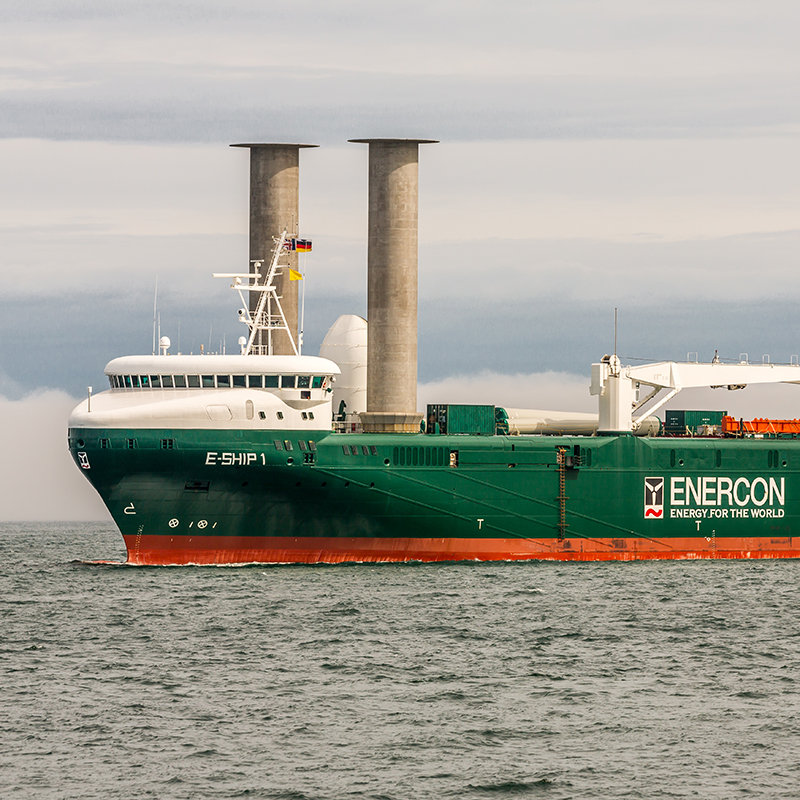In the early 20th century, the Titanic was the largest passenger ship in the world. When it collided with an iceberg and sank in 1912, this was inconceivable to people at the time, and led to the question: How can icebergs be located? Researchers and engineers from the USA and Europe tried to find an answer. Among them was the young Alexander Behm. He had studied electrical engineering and physics at the Technical University in Karlsruhe and from 1903 to 1904 was second assistant to Otto Lehmann, the “father” of liquid crystal. While working as an assistant, Behm had developed a device for measuring airborne sound (sonometer). To make the sound waves visible, he used a tuning fork and photographic paper.
But how could underwater sound be measured to locate a dangerous iceberg? Alexander Behm wanted to find this out and in 1913 he moved without further ado from Lower Austria, where he had managed a research lab, to the coast in Kiel. Here, he began experimenting with underwater sound. He initially succeeded at photographing sound in an eight-liter goldfish tank. In 1915, he purchased the gunboat “SMS Otter” and converted it into a laboratory ship. On this ship, Behm conducted experiments in the Kiel Fjord. Simple rifle cartridges, detonators, and firing pins mounted on the side of the ship initially served him as sources of sound. But icebergs could not be located in this way. For a long time, Behm tried to derive the ocean depth – and thus possible obstacles like icebergs – from the difference in volume between sound and echo. His first attempt failed, largely due to variations in the seabed. Behm succeeded on his second attempt: his new device, an apparatus the size of a table, was able to measure the travel time of sound – around 1,500 meters per second in salt water. The invention was patented in 1916. This was the birth of the echo sounder. The device is still used in shipping today for the electroacoustic measurement of water depths.
(Header: aleciccotelli – Fotolia.com, in the article: COHAUSZ & FLORACK)






